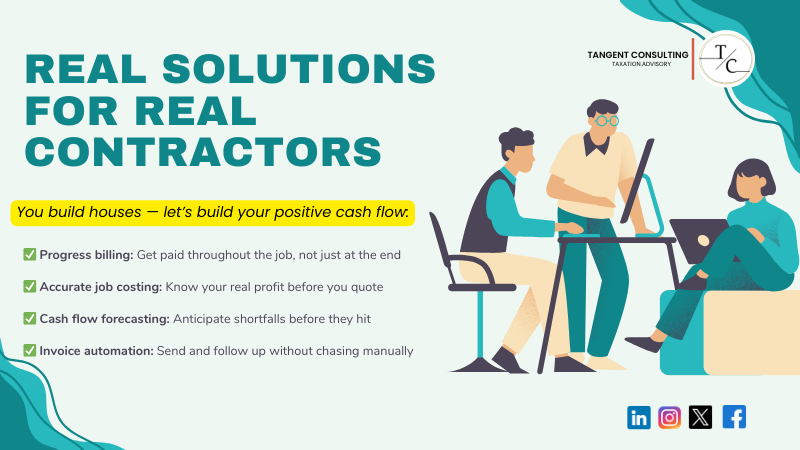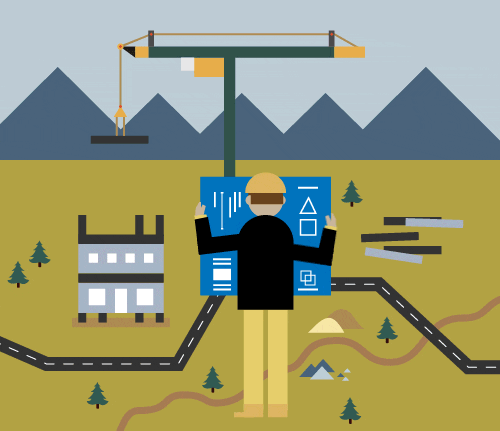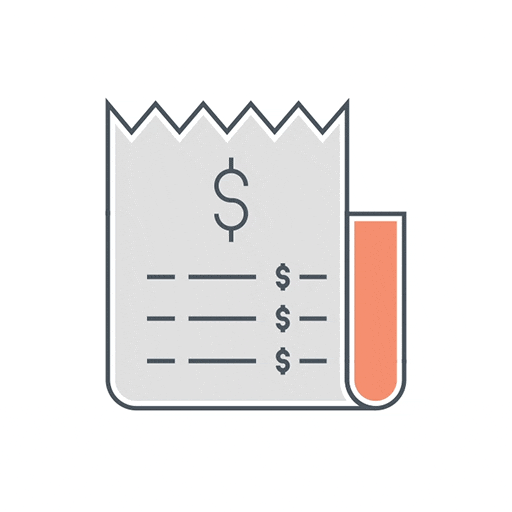Cash Flow Solutions: Fixing the #1 Pain Point for Contractors

A few years ago, a contractor we know bought a used boat as he wanted to catch a break. Unfortunately, the engine sputtered halfway, as he forgot to check the fuel. He was stranded on the lake and had to call for backup.
That boat is a perfect metaphor for cash flow in construction.
You can have the best crew, a solid plan, and every permit, but if the cash isn’t flowing, your business will look like a contractor’s.
In this guide, we’ll walk you through practical cash flow solutions built for contractors. Make sure to go through every detail so you don’t skip anything.

What Does Cash Flow Mean in Construction?
To keep your projects running smoothly, you need a steady stream of cash to pay for materials, cover labor, and handle other expenses. If the money dries up, everything can come to a halt.
This is when cash flow comes in. It is the money coming in and out of your business. When more money is coming in than out, that’s positive cash flow, and it means you’ve got the funds to keep things moving or wrap up the project.
On the flip side, if more money is going out than in, that’s negative cash flow, and it could mean trouble like struggling to pay workers or buy materials.
Let’s illustrate the concept with an example. Say you landed a $200,000 renovation job. You’ve already spent $50,000 on materials and labor, but the client won’t pay you until two weeks later.
If you don’t have enough cash in the bank to keep the work going until then, you’re stuck. That’s a cash flow problem.
Don’t Let Business Numbers Hold You Back 🚀
Most business owners know they should get a grip on their finances — but don’t know where to start. That’s where we come in. Book a free 1-on-1 call with Tangent Consulting and let’s untangle your numbers together.
Cash Flow Pain Points in the Construction Industry
Running a construction business can be profitable, but it comes with a catch: you have to spend a lot before seeing any returns. And if you don’t have a financial cushion, access to credit, or reliable trade accounts, your business can face financial pain.
So, let’s dig into some of the most common cash flow challenges construction businesses face.
1. Delayed Payments
Late payments are one of the biggest headaches in the industry. So many players are involved, such as clients, general contractors, subs, and vendors, that any delay from one party can create a domino effect.
For example, if a client doesn’t pay on time, the contractor can’t pay their subs or suppliers. This puts pressure on your finances and can delay the entire project and strain relationships.
2. Inefficient Billing Systems
Construction billing isn’t as simple as sending an invoice. You’ve progress payments, milestone-based billing, and sometimes retainage (where a portion of the payment is held until the project is complete).
If your billing process is slow, inaccurate, or unclear, it can hold up payments. Even a small mistake like overbilling or mislabeling a milestone can lead to disputes that take weeks (or longer) to sort out, hurting your cash flow.
3. Cost Overruns
Unexpected expenses are pretty common in construction. The client can change the design mid-project, or you run into issues that weren’t in the original plan. Add to that the rising cost of materials, and your budget doesn’t stretch as far as you thought.
If you don’t have extra cash set aside or a buffer built into your pricing, these surprise costs can throw your entire cash flow off balance.
4. Seasonal Slowdowns
If you live in an area with cold winters or rainy seasons, you know how seasonal the construction business can be. When work slows down, so does the cash coming in. However, your expenses like insurance, equipment, or office rent don’t take a break.
5. Complicated Contracts
Construction contracts can get wordy, with tons of information about when and how you’ll get paid. If you miss a detail, like a specific milestone that triggers a payment or a retention clause that holds back a percentage until the end, you might face unexpected delays in getting your money.
And if there’s a disagreement over what was delivered and when, it can slow things down even more.

Cash Flow Solutions for Contractors
According to a survey by Levelset, cash flow problems contribute to 41% of reduced profits. That’s a big number, showing how costly cash flow issues can be.
The good news is that you can avoid many of these cash flow traps with a few smart adjustments.
1. Shop Smart for Materials
Suppliers want your business, so use that to your advantage. Always compare prices from different vendors before placing an order.
If a supplier knows you’re looking at multiple options and might go elsewhere, they’re often willing to cut you a better deal. And it’s not just about saving a few bucks. Those savings add up over time and free up cash to go toward other parts of your project.
2. Be Strategic with Payroll
Payroll works differently in construction. Most employees are paid bi-weekly, but if you bring in subcontractors, you might be able to space out their payments once a month, which can ease the pressure on your cash flow.
That said, this isn’t a one-size-fits-all solution. While subs might save you money in the short term, permanent team members often deliver better quality, help prevent costly mistakes, and lead to stronger relationships with clients. In the long run, that can be worth more than the short-term cash buffer.
3. Handle Change Orders Right Away
Change orders happen all the time in construction. The client may ask for something new, or bad weather messes with the schedule. Whatever the reason, these changes usually mean extra time, money, or both.
Don’t wait until the job’s done to deal with it. Process change orders as soon as they come up and get those additional costs approved and paid quickly. It keeps the cash moving and helps avoid financial hiccups later.
4. Automate and Send Invoices Immediately
Every day you delay sending an invoice, you delay getting paid. That’s why automation is a game changer. With the right software, you can set up invoices to go out automatically as soon as the work hits a milestone.
It would be better if you send them ahead of time when possible so you stay ahead of the cash flow curve.

5. Accept Multiple Payment Methods
Sure, cash is great, but it’s not always practical. Make it easy for clients to pay you by setting your business up to accept credit cards, bank transfers, or other electronic payments.
The faster you make it for someone to pay, the faster the money hits your account. That extra flexibility can speed up your cash flow and give you more room to run your business.
6. Don’t Overbill or Underbill
Overbilling might give you a short-term boost, but it can backfire. When the project wraps and more money comes in, your cash flow stream could dry up.
On the flip side, underbilling means you’re always playing running behind, and you can’t grow. The smartest move is to bill accurately based on work completed. It keeps everything on track and cash flowing evenly throughout the project.
7. Set a Goal for Days Sales Outstanding (DSO)
On average, it takes 60 to 90 days to get paid in the industry. That’s a long time to wait, especially if your expenses don’t slow down.
Set a clear goal to shrink that payment window, maybe to 50 days. To hit this goal, send invoices fast, offer early payment discounts, keep your terms crystal clear, and check credit histories before locking in deals. You can also tweak terms for slow payers if needed.
Download Our Startup Financial Forecasting Template
Used by 7-figure clients to plan for growth, raise smarter, and stop guessing cash flow. Get the exact spreadsheet to help startups scale confidently.
Get the Free TemplateFinal Thoughts
Construction isn’t like other industries; every job is unique, as are the challenges that come with it. That’s why improving cash flow should be your top priority.
The quicker you turn work into cash, the easier it is to keep projects moving, pay your team, and invest in growth.
Speaking of growth, Tangent Consulting helps small business owners like you outsource the entire accounting department. We help contractors like you build strong and positive cash flow so you can focus on growth.
Let’s get your cash flow to work for you!
P.S. If you are reading this, it means you can have access to our free consultation for your business. Avail this for free today before we change our mind.
FAQs
What should I look for in a company’s cash flow statement?
You can focus on operating cash flow, overall cash in vs. out, and whether the company consistently generates enough to cover expenses.
What are the 3 types of cash flows by activities?
They are operating, investing, and financing. These activities illustrate how money moves through daily operations, long-term assets, and funding sources.
How to predict cash flow?
To forecast business cash flow, you can use past income and expense data, upcoming project timelines, and payment terms.
